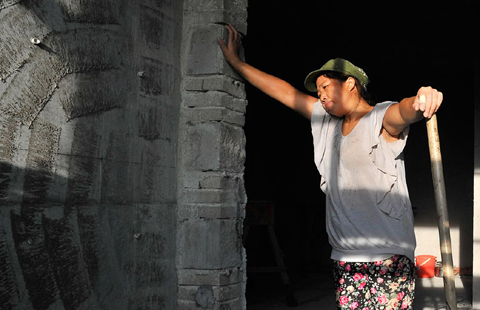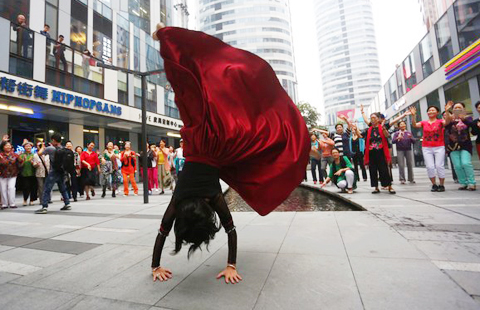Mother with womb transplant says risk paid off
Updated: 2014-10-04 21:29
(Agencies)
|
|||||||||||
LONDON - For the world's first baby born to a woman with a transplanted womb - a medical first - only a victorious name would do.
Which is why his parents named him "Vincent," meaning "to conquer," according to his mother.
The 36-year-old Swedish mother learned she had no womb when she was 15 and was devastated, she said Saturday in an interview with The Associated Press.
"I was terribly sad when doctors told me I would never carry my own child," said the woman, who asked not to be identified.
More than a decade later, she heard about research led by Dr. Mats Brannstrom, a professor of obstetrics and gynecology at the University of Gothenburg and Stockholm IVF, on transplanting wombs into women who didn't have one. She immediately signed up.
"Mats told us there were no guarantees, but my partner and I, maybe we like to take risks, we thought this was the perfect idea," she said.
The woman's mother had wanted to be a donor but wasn't a match. Instead, she received her new womb from a 61-year-old family friend, who had previously had two sons.
The womb donor is now baby Vincent's godmother and her two sons have also come to visit the family.
"She is an amazing person and she will always be in our lives," the mother said. "And she has a very special connection to my son."
Brannstrom said it was "a fantastic feeling" to know that his research had led to Vincent's birth.
The feat opens up a new but still experimental alternative for some of the thousands of women who are unable to have children because they lost a uterus to cancer or were born without one. Before this case proved the concept can work, some experts had questioned whether a transplanted womb could nourish a fetus.
Others have questioned whether such an extreme step _ expensive and fraught with medical risks _ would be a realistic option for many women.
Dr. Glenn Schattman, past president of the Society for Assisted Reproductive Technologies and a Cornell University fertility specialist, said womb transplants are likely to remain very uncommon.
"This would not be done unless there were no other options," he said. "It requires a very long surgery and not without risk and complications."
For the proud parents, the years of research and experimentation were well worth the wait.
"It was a pretty tough journey over the years, but we now have the most amazing baby," the father said in a telephone interview. "He is very, very cute, and he doesn't even scream, he just murmurs."
He said he and his wife, both competitive athletes, were convinced the procedure would work, despite its experimental nature.
Brannstrom and colleagues transplanted wombs into nine women over the last two years as part of a study, but complications forced removal of two of the organs. Earlier this year, Brannstrom began transferring embryos into the seven other women. He said there are two other pregnancies at least 25 weeks along.
Before these cases, there had been two attempts to transplant a womb _ in Saudi Arabia and Turkey _ but no live births resulted. Doctors in Britain, France, Japan, Turkey and elsewhere are planning to try similar operations, but using wombs from women who have just died instead of from live donors.
The Swedish woman had healthy ovaries, but she was born without a uterus _ a syndrome seen in one girl in 4,500. The donor had gone through menopause after giving birth to two children.
Brannstrom said that he was surprised such an old uterus was so successful, but that the most important factor seemed to be that the womb was healthy.
The recipient has had to take three medicines to prevent her body from rejecting the new organ. About six weeks after the transplant, she got her menstrual period _ a sign the womb was healthy.
After one year, when doctors were confident the womb was working well, they transferred a single embryo created in a lab dish using the woman's eggs and her husband's sperm.
The woman, who has only one kidney, had three mild rejection episodes, including one during pregnancy, but all were successfully treated. The research was paid for by the Jane and Dan Olsson Foundation for Science, a Swedish charity.
The baby's growth and blood flow to the womb and umbilical cord were normal until the 31st week of pregnancy, when the mother developed a dangerous high-blood-pressure condition called preeclampsia.
After an abnormal fetal heart rate was detected, the baby was delivered by cesarean section. He weighed 3.9 pounds (1.8 kg) _ normal for that stage of pregnancy. Full gestation is about 40 weeks. The baby was released from the neonatal unit 10 days after birth.
Details of the case are to be published soon in the journal Lancet.
Brannstrom said he was concerned he might have hurt the womb during the C-section and said they would have to wait a couple of months before knowing if a second pregnancy is possible.
"As soon as I felt this perfect baby boy on my chest, I had tears of happiness and enormous relief," the mother said. "I felt like a mother the first time I touched my baby and was amazed that we finally did it."
Though she and her husband are adjusting to some sleepless nights, she said Vincent is a very calm baby and they are all enjoying "the usual amazing moments" new parents experience.
She acknowledged that taking the anti-rejection medicines isn't easy.
"All the medicines are wearing on my body and my other organs, so we will have to see how it develops," she said, adding she and her husband would be willing to go through it again for a second baby.
"I have always had this large sorrow because I never thought I would be a mother," she said. "And now the impossible has become real."
Related Stories
Lung transplant operation on man, 81, may be world record 2014-08-15 16:10
Face transplant for wolf attack victim 2014-07-16 18:35
List of hospitals that are approved for organ transplant projects 2014-06-25 14:34
Simple blood test may detect heart transplant rejection 2014-06-19 13:32
Heart donations for transplant short of demand 2014-06-18 18:48
Today's Top News
HK officials resume work as protests thin
Putting Chinese wines on the map
Brazil's Rousseff to face Neves in rival in runoff
Tall tale: scientists unravel the genetics of human height
British PM vows to hunt down IS killers
Mother with womb transplant says risk paid off
Manchester hosts Chinese contemporary art event
China to start direct yuan-euro trade
Hot Topics
Lunar probe , China growth forecasts, Emission rules get tougher, China seen through 'colored lens', International board,
Editor's Picks

|
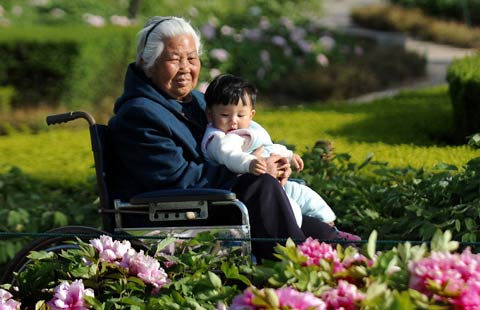
|

|
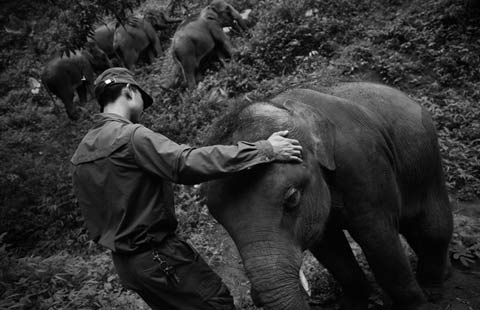
|

|
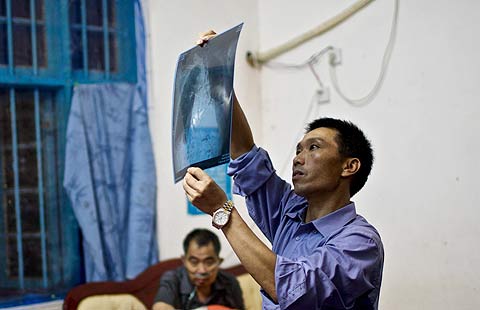
|


